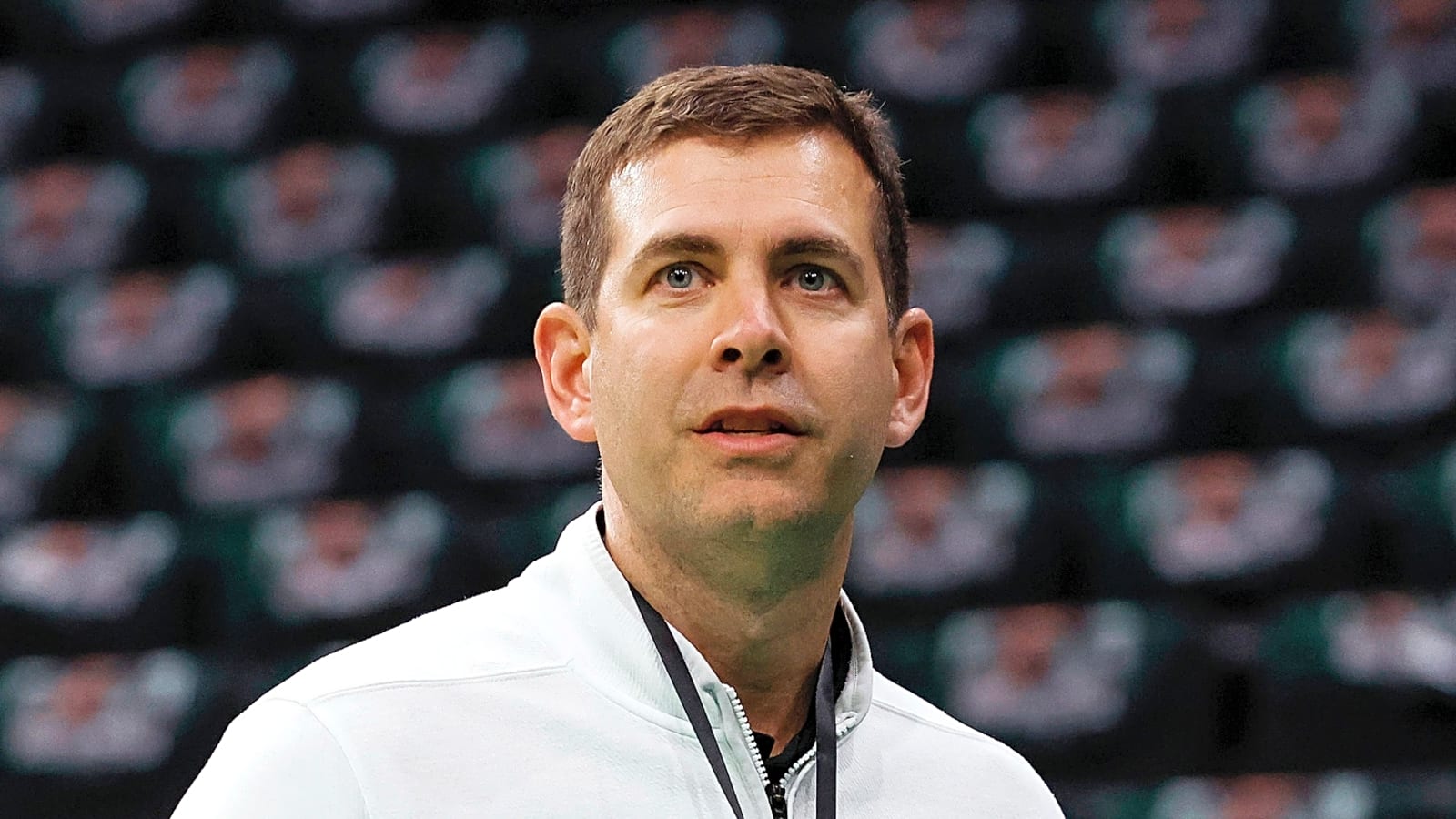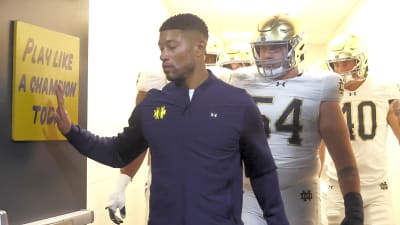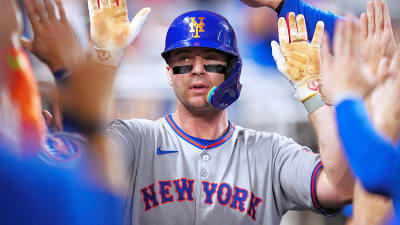
Can the Celtics help themselves by helping others?
Prior to Game 3 of their series with the New York Knicks, we explored the repercussions for the Boston Celtics should they lose the series. This was before Jayson Tatum’s Achilles injury brought the Celtics future into an even sharper focus.
With a potential half a billion-dollar payroll facing their new owners and contention seemingly out of reach, next season becomes an opportunity for the Celtics to commit a salary cap reset and avoid the dreaded repeater tax, saving them a potential $200+ million in tax payments next season alone.
Boston would need to shed around $40 million in salary to reset the tax stopwatch. That’s serious moolah, but the Celtics do have some moveable candidates, assuming Tatum and Jaylen Brown are off the table:
- Jrue Holiday: $32.4 million (through 2028)
- Kristaps Porzingis: $30.7 million (through 2026)
- Derrick White: $28.1 million (through 2029)
- Sam Hauser: $10 million (through 2029)
- Payton Pritchard: $7.2 million (through 2028)
There are two complications facing Brad Stevens and the Celtics front office. One, second apron restrictions mean that they cannot aggregate outgoing salaries in any trade. Two, moving major salary without taking on significant salary in return is exceedingly difficult. That means that Boston will likely have to make an unbalanced trade or two in order to clear the cap sheet, or else get very creative.
One option could be to break down a larger salary into smaller, more moveable pieces, while ideally giving them serviceable players in return.
Given Holiday’s age, he looks a prime candidate to be moved. Would Dallas, flush with frontcourt players and light on backcourt bodies, take on the point guard? A trade for P.J. Washington, the redundant Daniel Gafford and veteran Dwight Powell would get it done financially.
For the Mavs, they get the point guard they desperately need after trading away their former incumbent (you may have heard about it…) while thinning out their bulging array of big forwards and centers.
In Washington, the Celtics receive a readymade stand-in for Tatum. If they can on-trade Gafford (would the Lakers be interested?) and convince Powell to decline his player option, they’re already almost halfway to their $40 million target.
Speaking of the Lakers, if they’re still inclined to go star shopping, would they be interested in taking on the talented, paradigm-shifting and oft-injured Porzingis? While availability would clearly be an issue, 50 games of Porzingis is better than 1,000 from Jaxon Hayes.
Gabe Vincent and Dorian Finney-Smith moving the other way works from a cap perspective. Finney-Smith, who has a player option, could act as another Tatum understudy. At age 32, he could also decline his option and look to ink a longer-term deal elsewhere. Vincent’s relatively cheap expiring deal is easily moveable.
Overall, moving on from Holiday and Porzingis, while holding onto Washington and Gafford would get the Celtics to a hair under $35 million of their $40 million target. A minor trade or two at the trade deadline and voila, you’re under the tax threshold and set to restock once Tatum returns to full health.
It behooves the Celtics to use this "gap year" as a chance to push the boat out a little on their rotation. Let’s see what Pritchard can do with greater responsibility. Can White carry the load without Holiday alongside? Is Brown a bonafide first option?
This is a chance for Boston to reset not only their tax obligations, but their roster and rotation makeup. Yes, it does involve moving two core pieces of their championship side and, in replacing Porzingis’ shooting with Gafford’s rim running, a philosophical change that coach Joe Mazzulla may not be all that inclined to engage with, but the Celtics as currently constructed – no Tatum and exceedingly expensive – are no longer viable.
Boston has a rare opportunity to extend its spending window. It needs to embrace it.
More must-reads:
- Three players Celtics could trade this summer
- Jaylen Brown gets religious when discussing Celtics' series loss to Knicks
- The 'NBA's active playoff assist leaders' quiz
Breaking News
Trending News
Customize Your Newsletter
 +
+
Get the latest news and rumors, customized to your favorite sports and teams. Emailed daily. Always free!








